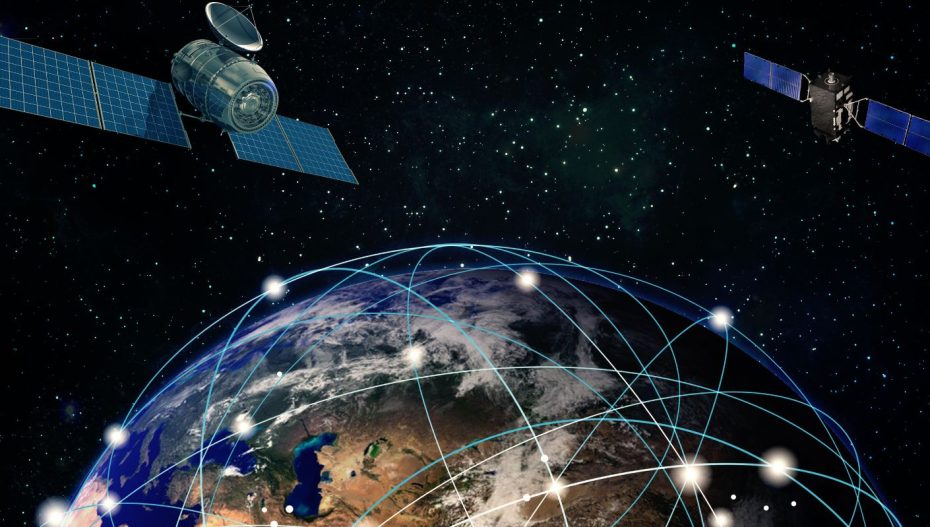In a game-changer for global communication, SpaceX launched the first batch of Starlink satellites on January 3rd, 2024. These satellites, orbiting in low-Earth orbit, boast a revolutionary capability: beaming signals directly to smartphones, even in remote areas with no existing cellular coverage.
This marks a significant leap in bridging the digital divide, promising to eradicate “dead zones” where phone access is a frustrating dream. Initially, Starlink will offer text messaging, with phone calls and data access on the horizon for future phases.
T-Mobile, one of the key partners, is keen to rapidly expand the project. Their Senior Director of Satellite Engineering, Sara Spangelo, hailed the launch as a “critical milestone” in democratizing communication. Mike Katz, T-Mobile’s President of Marketing, Strategy, and Products, envisions a future where “dead zones become obsolete.”
The impact of Starlink extends beyond T-Mobile’s reach. Other international cellular giants, including KDDI in Japan, Optus in Australia, One NZ in New Zealand, and Rogers in Canada, are joining forces with SpaceX to deploy this direct-to-cell technology across the globe.
This initiative by SpaceX and its partners holds immense potential to bring the unconnected into the fold, revolutionizing communication access and narrowing the digital divide. With Starlink taking flight, a future where anyone, anywhere can stay connected seems closer than ever.
Ramdev Says His Comment Was on Owaisi, Not OBC After Video Goes Viral. Know Here













